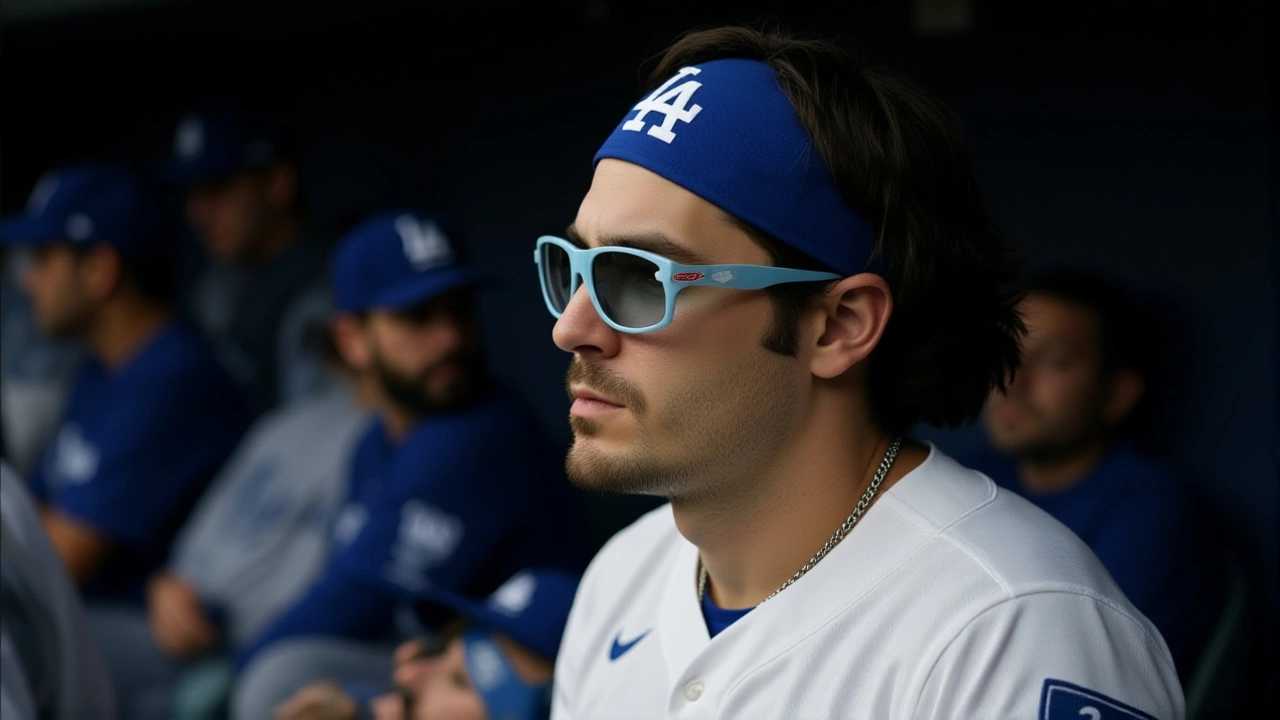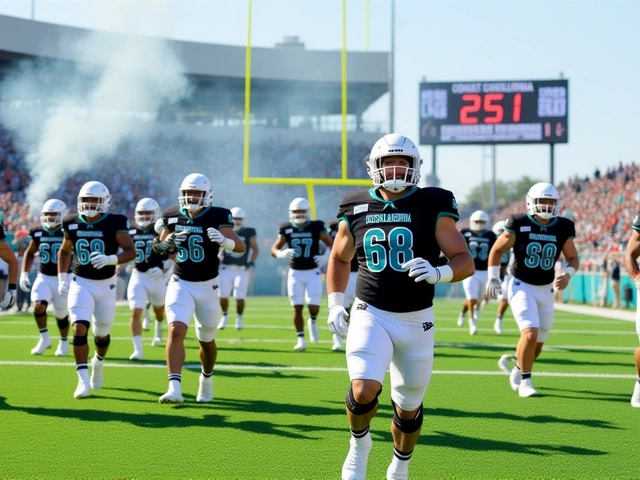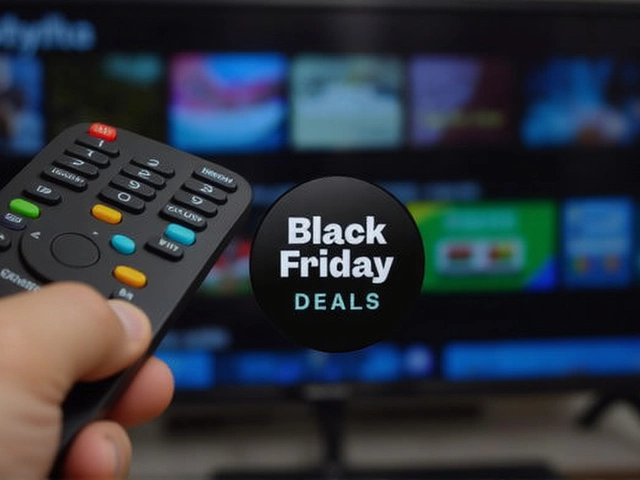
The Los Angeles Dodgers activated Enrique J. Hernández off the injured list on October 28, 2025 — 11 weeks after he first went down with left elbow inflammation — just as the team was locked in a tight pennant race with the San Diego Padres. The 34-year-old utility player, known for his grit and versatility, stepped back into the lineup at Great American Ball Park in Cincinnati, ready to help stabilize a roster battered by injuries and fatigue. He didn’t just return; he arrived with a purpose — and a brace.
Playing Through Pain — Until He Couldn’t
Hernández didn’t go on the injured list because he suddenly collapsed. He went because he finally couldn’t hold the bat. "I played till, basically, I felt like I couldn’t even hold the bat anymore," he told reporters after his activation. It wasn’t a dramatic injury — no twist, no collision. Just slow, relentless inflammation in his non-throwing elbow, something he’d been managing since early June. Manager Dave Roberts confirmed Hernández had been playing through discomfort for nearly a month before the MRI revealed the extent of the issue. "It was kind of dumb on my end," Hernández admitted. "But I’ve always felt that if I feel like I could play, I’m not going to go on the IL." By the time the Dodgers officially placed him on the 10-day IL on July 7, 2025, the inflammation had worsened. He’d gone 2-for-24 in his last 10 games. His swing, once a spark in the middle of the order, had turned stiff. The elbow didn’t just hurt — it betrayed him. "By the time we went in for the MRI, it was a little too late," he said.Rehab, Return, and the Brace
His recovery wasn’t linear. For weeks, Roberts said Hernández was "in a holding pattern," waiting for pain to fully subside. He didn’t swing a bat for over six weeks. When he finally did, it was in Triple-A Oklahoma City, where he made five rehab appearances. The results? A .357 average (5-for-14), two doubles, three RBIs. He played third base, left field, and center field — all while wearing the same neoprene sleeve he’d used in every game except one. "Hopefully, the brace is going to make me like Shohei [Ohtani]," Hernández joked, referencing the Dodgers’ two-way superstar who’s famously worn elbow support for years. The sleeve isn’t just for comfort — it’s compression, stability, and a psychological cue. "It reminds me: don’t force it. Let the swing come." His return was timely. The Dodgers were tied with the Padres for first place in the National League West. They’d lost Tommy Edman to a hamstring strain, Max Muncy to a knee issue, and Hyeseong Kim to a shoulder flare-up. The bullpen was stretched thin with Michael Kopech and Brusdar Graterol sidelined. Hernández’s ability to fill multiple roles — pinch-hitter, late-inning defensive replacement, even occasional starter — made him irreplaceable.The Ripple Effect: Kennedy’s Exit and the Roster Shuffle
To make room for Hernández, the Dodgers designated 26-year-old infielder Buddy Kennedy for assignment. Kennedy, acquired from the Toronto Blue Jays in August, had seen just seven games and one hit in 17 at-bats. He was a defensive specialist with limited offensive upside — a luxury the Dodgers could no longer afford as they entered the homestretch. "We needed bat and versatility," Roberts said. "Enrique’s track record in high-leverage moments? That’s not something you replace with a glove." Hernández’s return also coincided with Blake Snell’s comeback from paternity leave. Snell was set to start against the Arizona Diamondbacks in Toronto on October 31, adding another frontline arm to the rotation. The Dodgers were suddenly whole again — or as whole as they could be with Muncy still a week away.Postseason Proven: Hernández’s Clutch Legacy
This isn’t just about regular-season stats. Hernández’s value peaks when the lights are brightest. He’s hit .283 in 285 postseason plate appearances with an .844 OPS — a career-best in October. He drove in the winning run in Game 3 of the 2020 World Series. He homered in the 2023 NLDS against the Braves. He’s been the guy who gets the big hit when the team needs it most. In the 2025 Wild Card game against the Reds, he exited in the seventh inning with back tightness — but only after delivering a two-out, two-run single. Roberts confirmed the next day: "He’s playing tomorrow." That’s Hernández in a nutshell: pain? He plays. Doubt? He answers. Team needs him? He shows up. His 2025 regular season line — .195 average, 8 HR, 22 RBIs in 72 games — doesn’t tell the full story. It was a year of adjustment, of playing through discomfort, of carrying the team when others couldn’t. He didn’t need to be the star. He just needed to be there.What’s Next?
The Dodgers have 12 games left in the regular season. Hernández is expected to start at third base on October 29 and 30 against the Reds, then shift to left field against the Mets in New York. Roberts hasn’t locked him into one spot — and that’s the point. He’s the Swiss Army knife in a playoff roster that needs every tool. His career stats — 130 home runs, 470 RBIs, .708 OPS over 11 MLB seasons — aren’t All-Star numbers. But they’re the numbers of a player who thrives in chaos. He’s been on five different teams. He’s been cut, claimed, benched, and resurrected. And every time, he finds a way to matter. The Dodgers didn’t just get a player back. They got a veteran who knows how to win when the pressure’s on.Historical Context: A Career of Resilience
Hernández’s injury history reads like a playbook of durability. In 2022, he missed time with a hip strain. In April 2023, an ankle sprain sidelined him. In May 2023, a hamstring tear forced him out for three weeks. He’s never had major surgery — just rest, rehab, and relentless will. He made his MLB debut on July 1, 2014, with the Boston Red Sox. Now, 11 years later, he’s a cornerstone of a contender. He’s not the flashiest name on the roster. But ask anyone who’s played with him — he’s the one you want in the dugout when the game’s on the line.Frequently Asked Questions
Why did Enrique Hernández wait so long to go on the injured list?
Hernández has a long-standing personal philosophy: if he feels he can play, he plays. He battled left elbow inflammation for nearly a month before seeking medical intervention, believing he could manage the pain. By the time an MRI confirmed the severity, the inflammation had worsened, delaying his recovery. His decision reflects his reputation as a gritty, team-first player — even if it cost him valuable time.
How did Hernández perform in his rehab assignments?
During five rehab games with Triple-A Oklahoma City, Hernández batted .357 (5-for-14) with two doubles and three RBIs. He played third base, left field, and center field, showing no lingering issues with mobility or strength. His performance suggested he was not only healthy but sharp — a critical sign for a player returning from a chronic injury that affected his swing mechanics.
What impact does Hernández’s return have on the Dodgers’ playoff chances?
His return provides crucial depth in an outfield and infield already thin from injuries to Max Muncy and Tommy Edman. With his postseason track record — .283 average, .844 OPS — Hernández is a high-leverage bat who can pinch-hit, play multiple positions, and steady the lineup. In a tight NL West race, his versatility could be the difference between a division title and a Wild Card game.
Why did the Dodgers designate Buddy Kennedy for assignment?
Kennedy, acquired from the Blue Jays, had only one hit in 17 at-bats over seven games. While he offered defensive flexibility, his offensive production didn’t justify a roster spot as the Dodgers entered the stretch run. With Hernández’s return and Muncy nearing activation, the team prioritized proven, high-impact players over marginal utility. Kennedy’s DFA opens a path for a potential call-up from Triple-A.
Is Hernández’s elbow injury likely to linger into next season?
While Hernández is currently pain-free, his history of elbow inflammation — combined with his age and repetitive swing mechanics — suggests this could be a recurring issue. The sleeve he’s wearing is a temporary fix, not a cure. The Dodgers’ medical staff will monitor him closely, especially as he faces more high-stress at-bats in October. Long-term, he may need offseason adjustments to his swing or training regimen.
How does Hernández compare to other veteran utility players in the NL?
Hernández stands out for his postseason reliability. While players like Willy Adames or Whit Merrifield offer similar versatility, few have Hernández’s track record in October. His .844 postseason OPS ranks among the highest for active players with over 250 plate appearances. In a league where bench depth wins championships, he’s a rare blend of experience, adaptability, and clutch performance.


